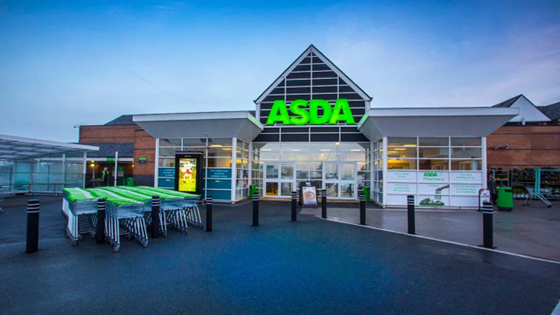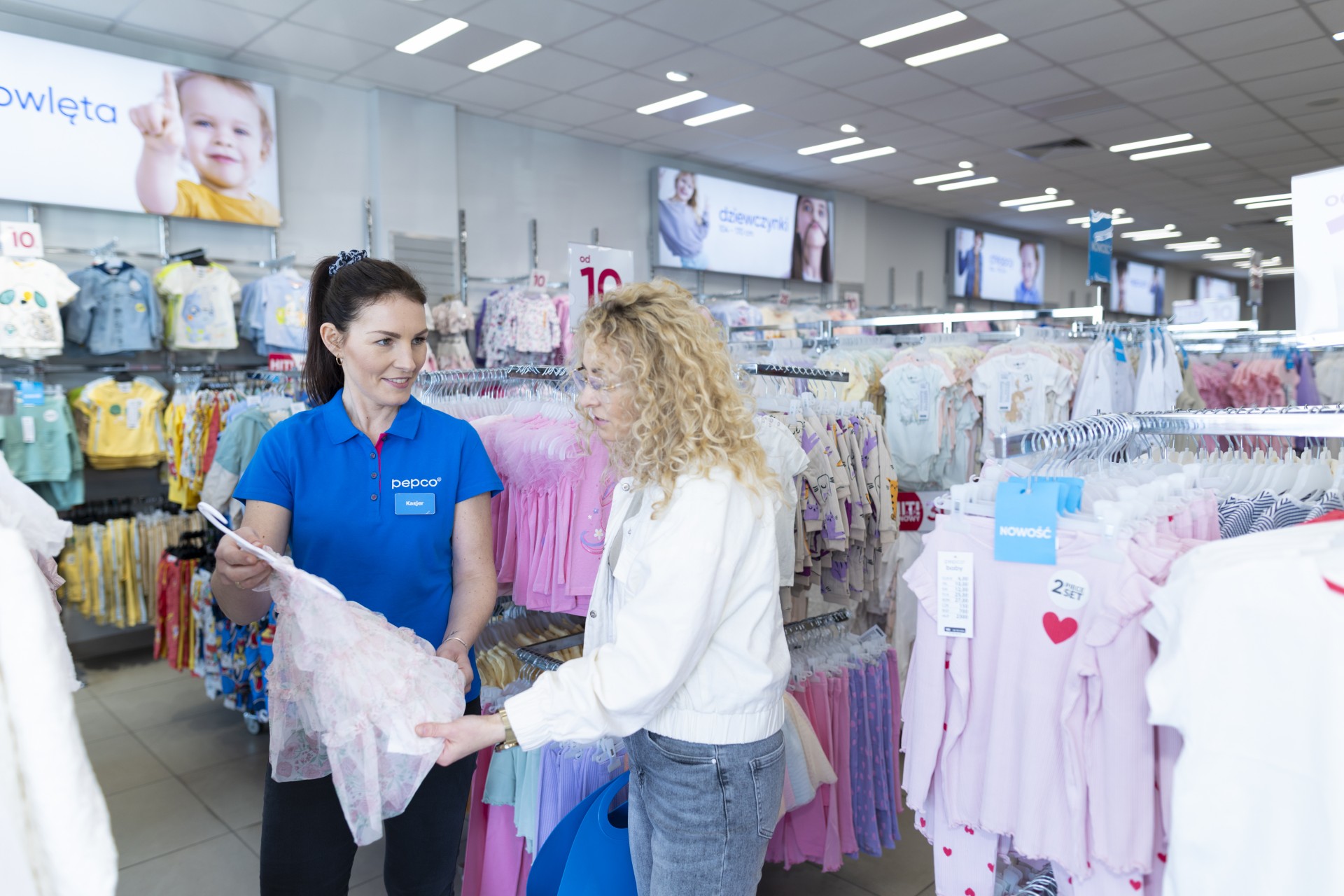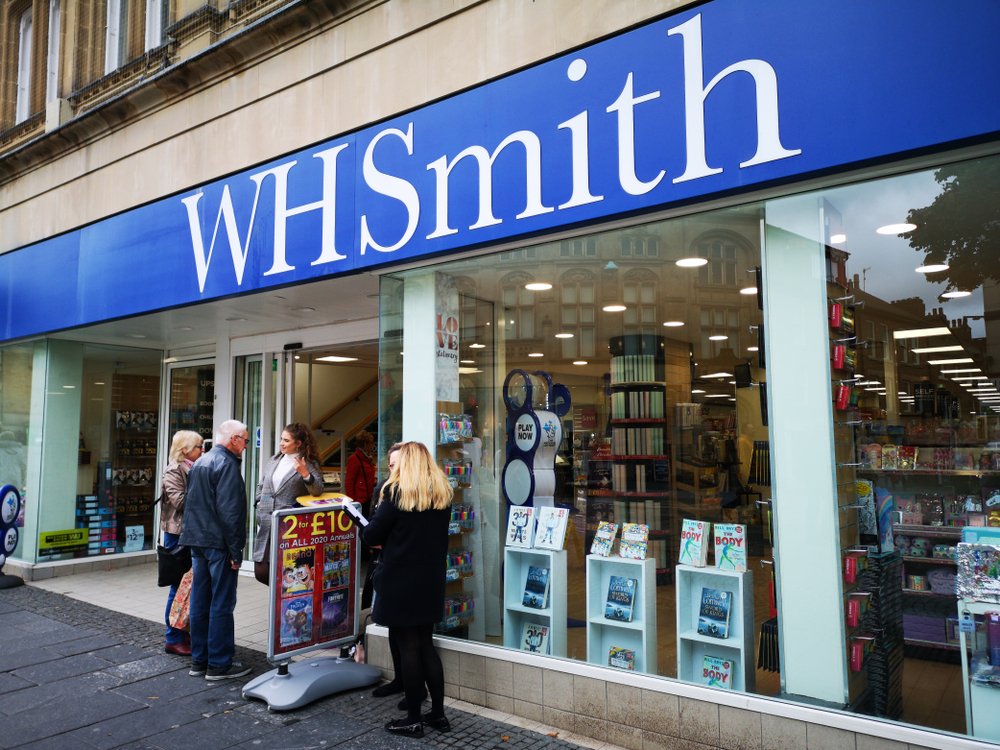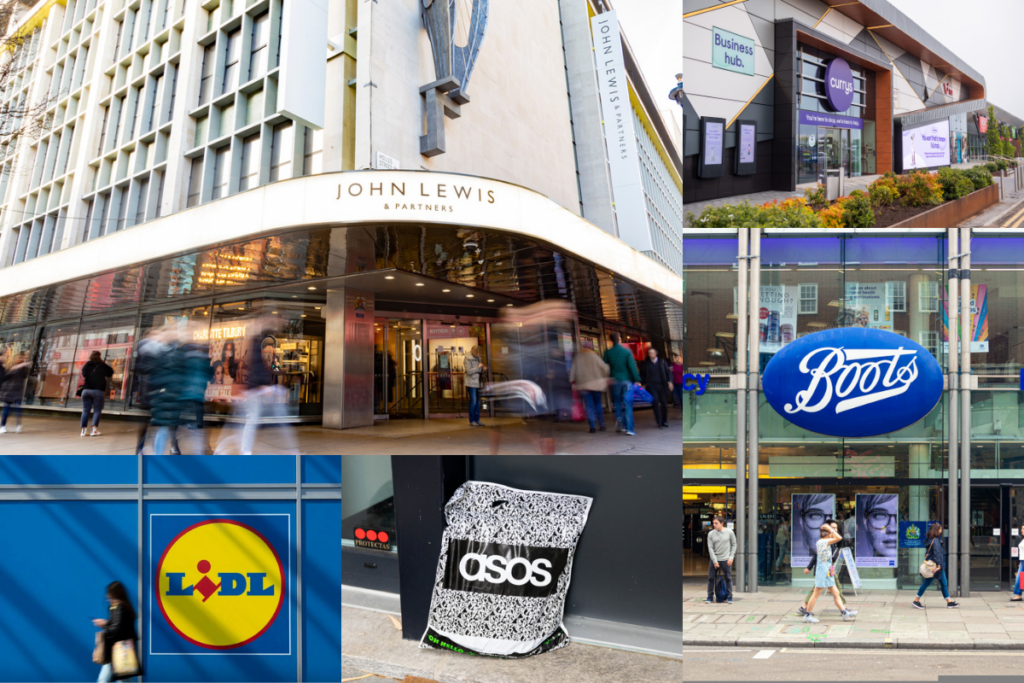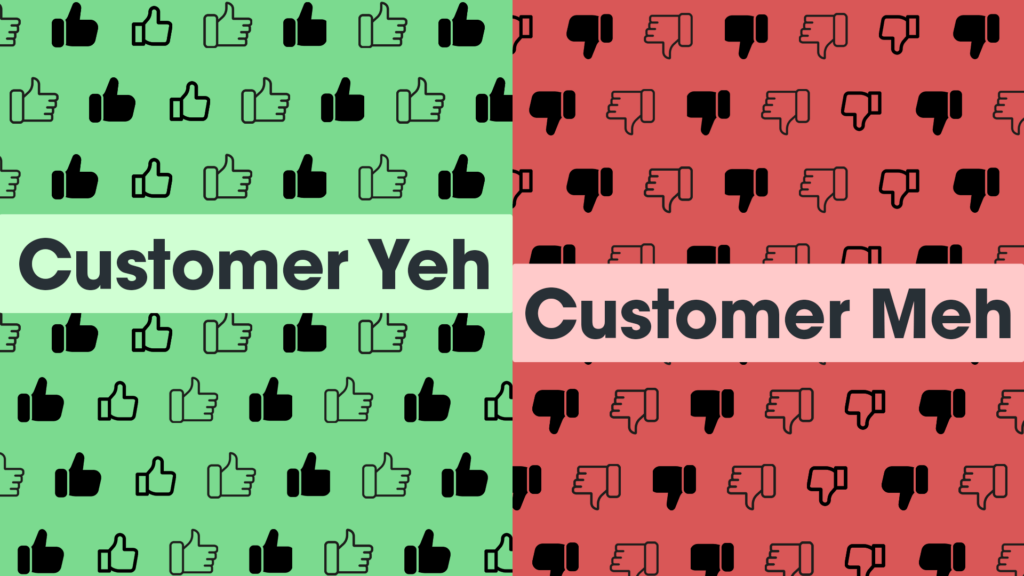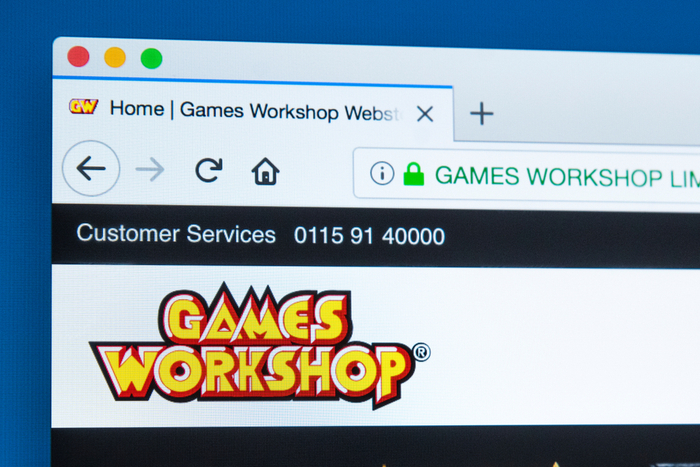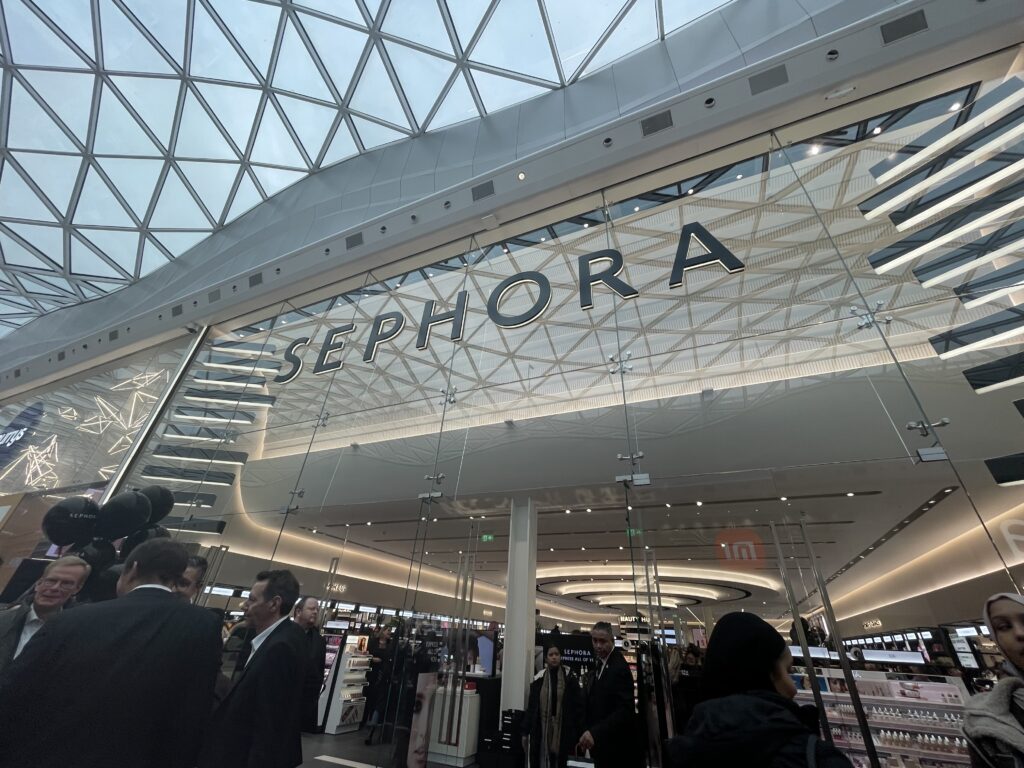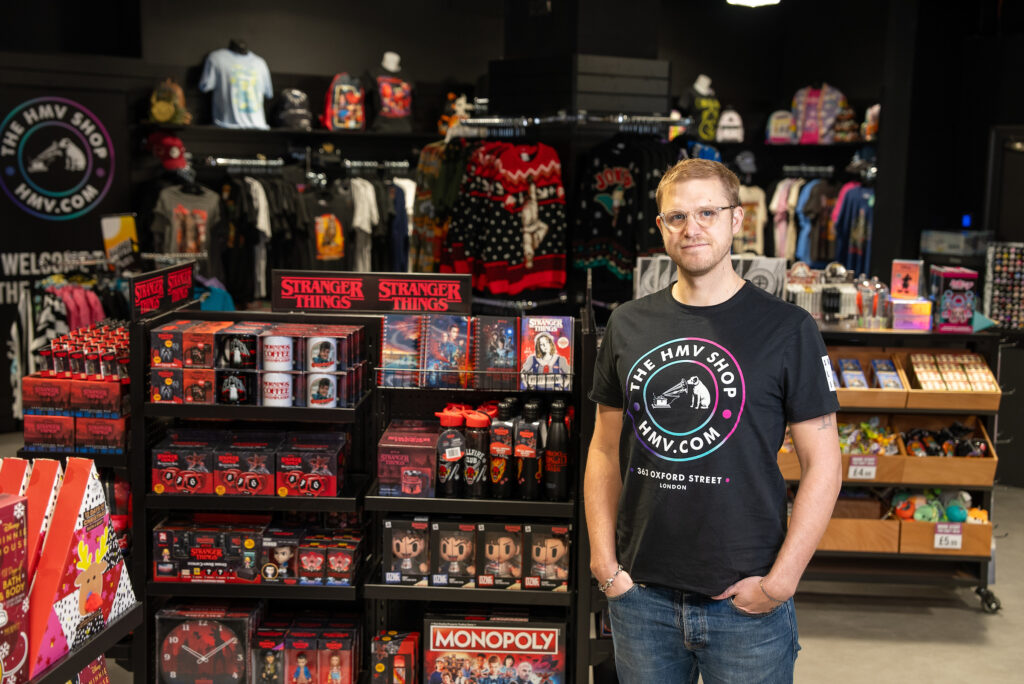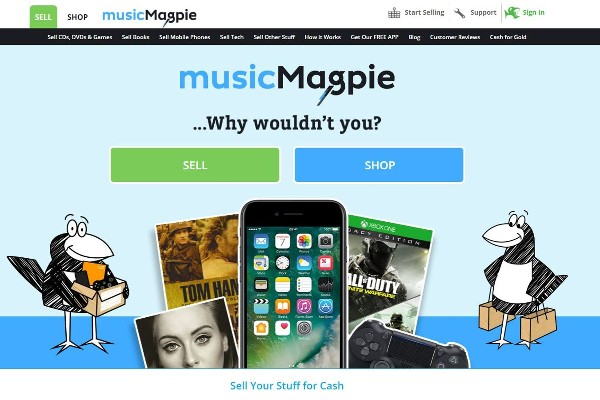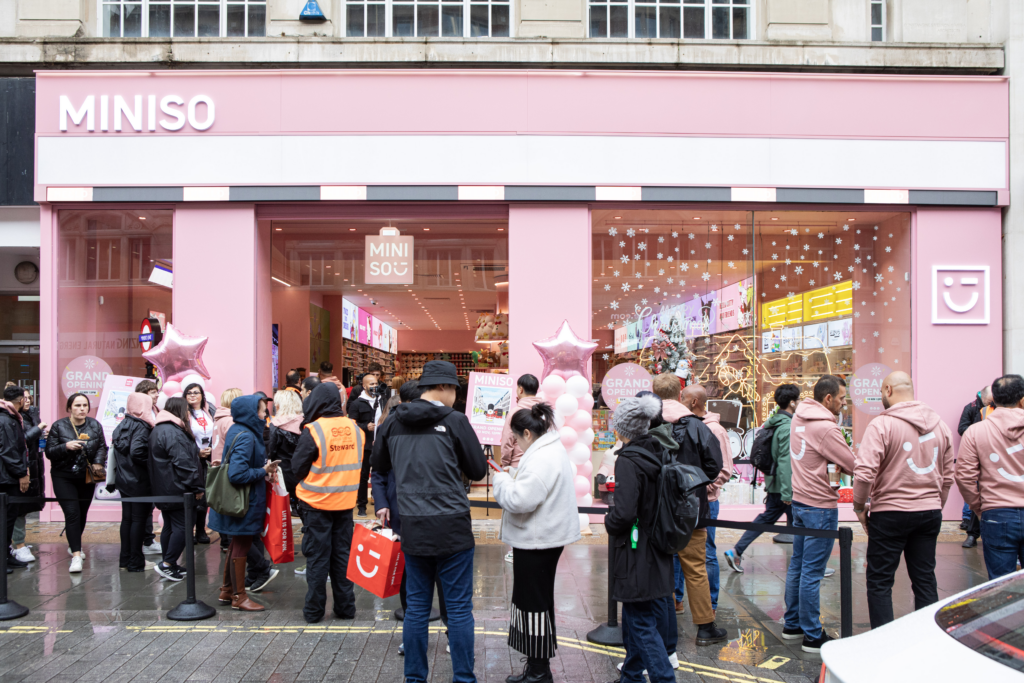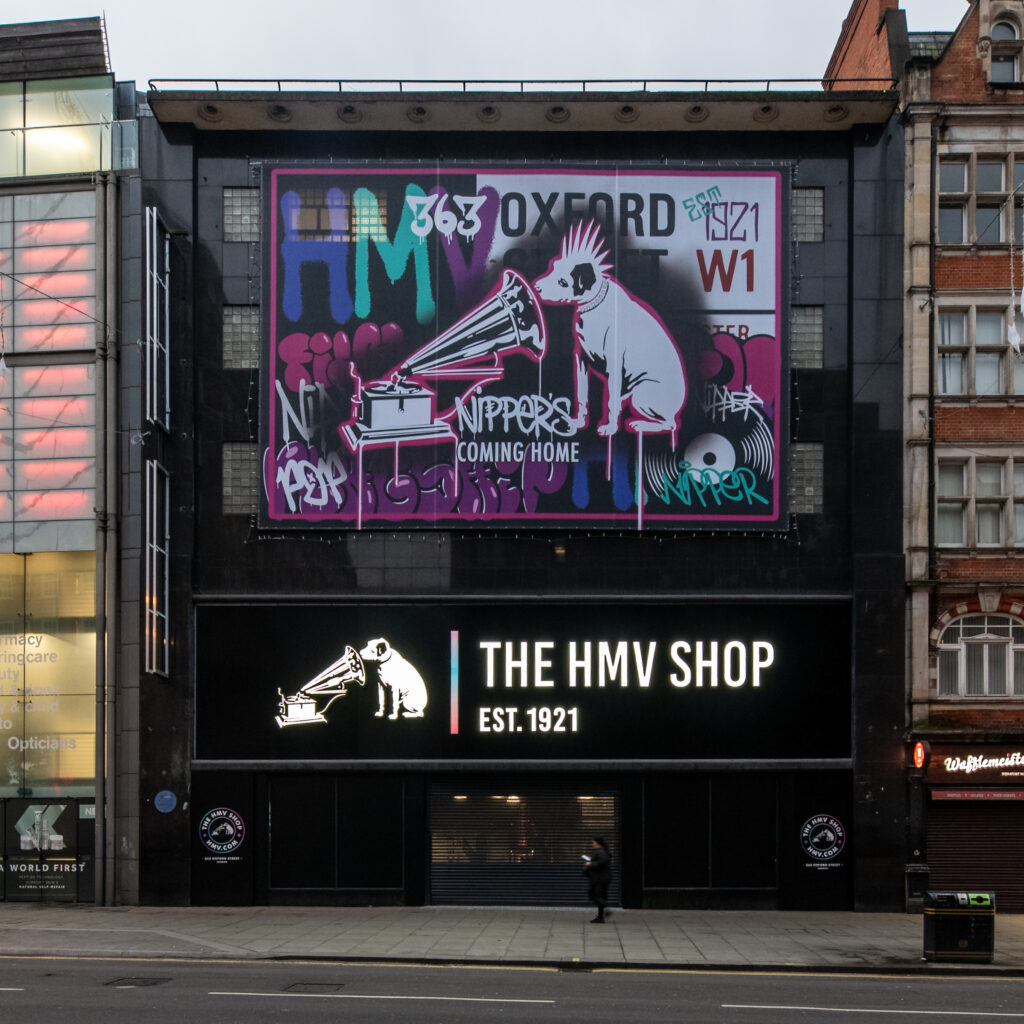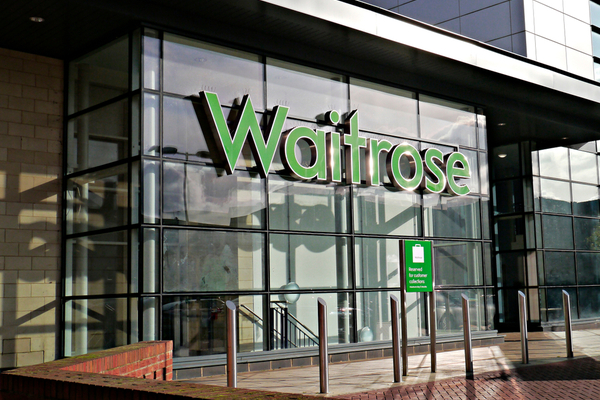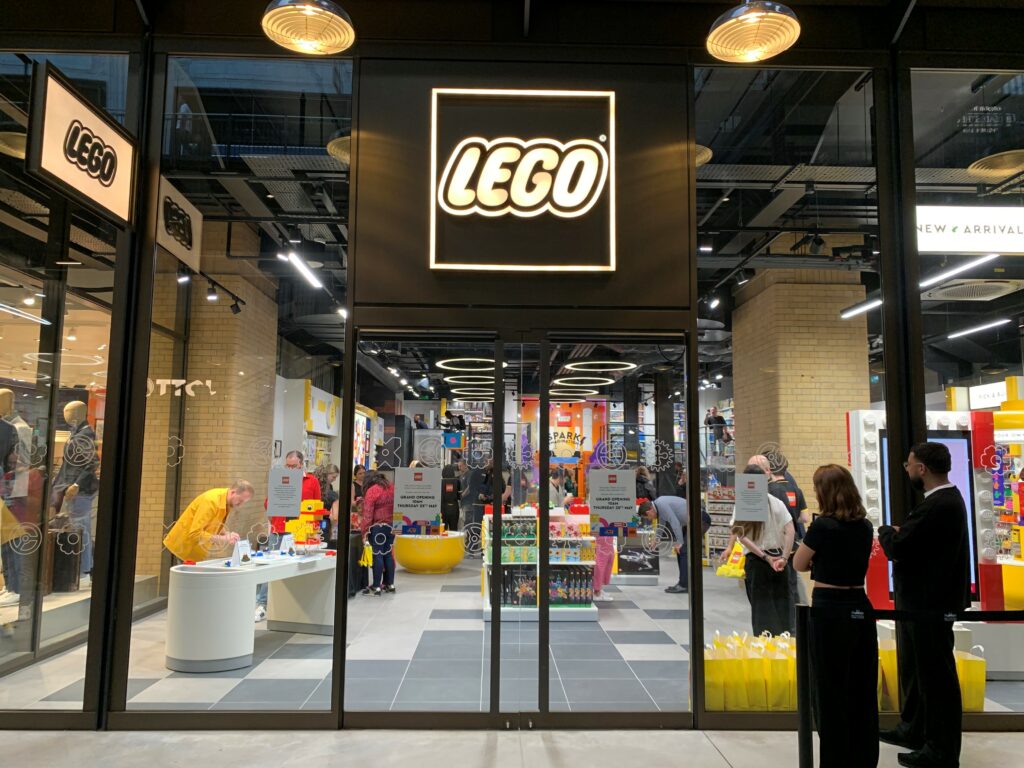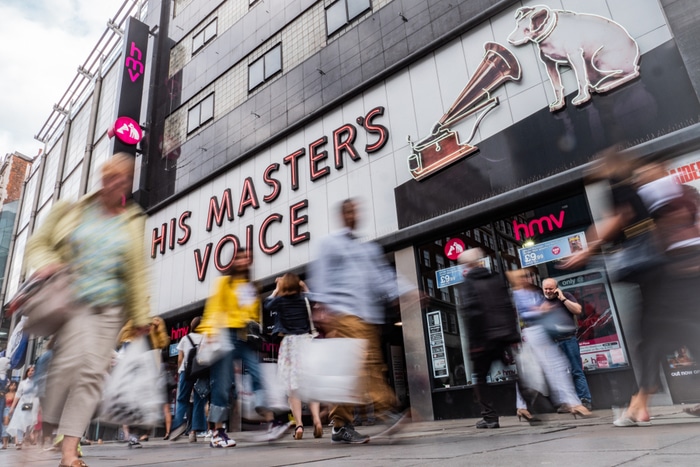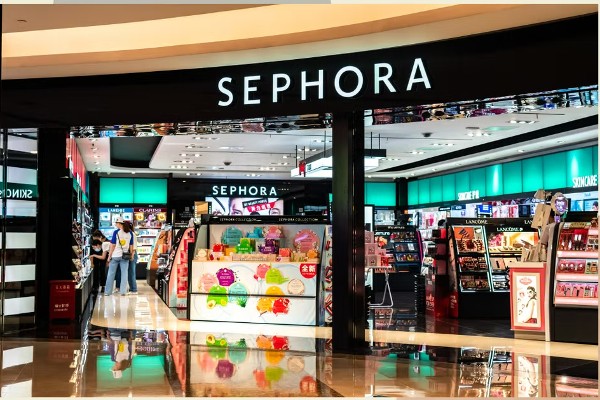During a recent trip to the US I visited a number of toy stores and at each was struck by the in-store experience. It reminded me that while the growth of online shopping will undoubtedly continue unabated, it remains true that few things can excite and inspire a shopper like a great store – especially when it comes to toys.
This caused me to consider my own recent toy buying experiences back in the UK. Toys R Us may well have the product authority, but does it really have the magic? It raises the question: if all you‘re looking for is a large range, why would you leave your front room when Amazon or Argos can offer speedy next day delivery and prices you can rely on? Supermarkets are convenient places to buy toys at the same time as the weekly shop but, again, the shopping experience can hardly be described as magical.
Hamleys on Regent Street – the UK‘s flagship toy store – has cleverly transformed itself into a retail tourist attraction. This is great for brands like Lego, Playmobil and Sylvanian Families to showroom their products in all their glory, but across the UK there just aren‘t retailers like that.
So what does the US have to offer?
It kind of goes without saying that in the US scale comes as standard in retail, and toy stores are no exception. While clearly space is cheaper in the States, it‘s not just the size of these stores that impresses; it‘s the sense of theatre, the attitude of staff and the welcome you receive – these shops in my mind are about transporting you to another place, whether you are 3 or 73 to a land of make believe and imagination that racks and racks of boxes just can‘t deliver.
The stores are bolder and they have a sense of playfulness which the toy buying experience in the UK all too often seems to have lost. Whether it‘s FAO Schwartz or The Disney Store, they really make you feel wanted and valued from the friendly welcome at the door to the open boxes of toys ready to play. With tables to colour, dolls to cradle and remote control cars to drive, it‘s a fully interactive experience.
The biggest difference I find is the engagement between the retailer and the customer – anyone who has visited Build A Bear would struggle to leave without taking delivery of their own bear. With its theatre, fun, imagination and play rolled into one, you want to come back time and time again. This is an example of an American retailer that has imported their brand successfully to the UK, but it‘s not easy to find a home grown UK business in this sector that has done the same.
Despite everything I‘ve said, not all is bad back in the UK. While the independent toy store sector has seen its share of casualties over the years, many of those that remain are real gems. Stores like Treasures Toys in Wetherby – a personal favourite of mine – have successfully carved themselves credible futures in the market, not by relying on ever increasing ranges but by offering great customer service and a unique in-store experience that makes it hard to keep your money in your purse.
The reality is that the toy sector, like many other retail sectors, is undergoing structural change. The shift to online shopping will not stop anytime soon and grocers will continue to take their share of this lucrative market, valued by Verdict at £3.8 billion, by offering convenience to busy mums and keeping prices low.
Compounding this we see that increasingly children are more interested in playing with tablet computers, smartphones and video games than traditional toys. Many commentators say this can only lead the toy business into longer term decline – but it‘s my view that kids still need to learn through play – developing motor skills, language, sharing and role playing. The iPod can play a part, but it cannot replace something tangible.
Maybe I‘m harking back to the good old days when I was lucky enough to grow up in Sh

